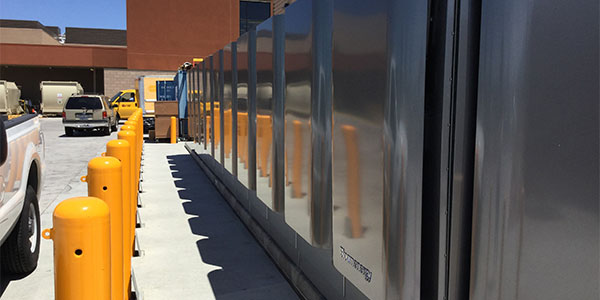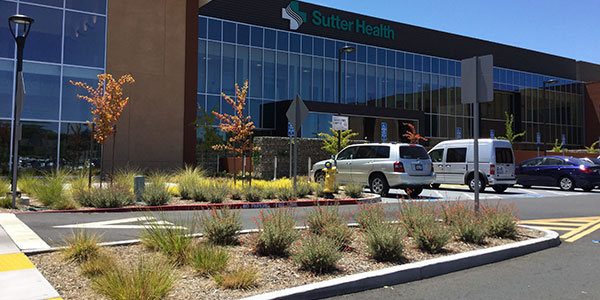Environmental Stewardship Vision Statement
Sutter Health enhances the well-being of the people in the communities we serve in part by protecting and improving the environment.
Get personalized, coordinated care across Northern California through the Sutter network.
View Patient ResourcesMake appointments, message your doctor and more through our patient portal.
Enroll NowAccess award-winning, comprehensive primary and specialty care for your whole family.
View All ServicesOur contributions to medical research and education lead to better healthcare outcomes.
Research at SutterJoin our robust training programs led by nationally known healthcare leaders.
Explore OpportunitiesExplore the ways we provide innovative, compassionate care through our network.
Learn About Sutter HealthShape the future of healthcare and build your career within our diverse teams.
Find Jobs
Get personalized, coordinated care across Northern California through the Sutter network.
View Patient ResourcesMake appointments, message your doctor and more through our patient portal.
Enroll Now
Make appointments, message your doctor and more through our patient portal.
Enroll NowAccess award-winning, comprehensive primary and specialty care for your whole family.
View All ServicesOur contributions to medical research and education lead to better healthcare outcomes.
Research at SutterJoin our robust training programs led by nationally known healthcare leaders.
Explore Opportunities
Join our robust training programs led by nationally known healthcare leaders.
Explore OpportunitiesExplore the ways we provide innovative, compassionate care through our network.
Learn About Sutter HealthShape the future of healthcare and build your career within our diverse teams.
Find Jobs
Shape the future of healthcare and build your career within our diverse teams.
Find JobsSutter Health enhances the well-being of the people in the communities we serve in part by protecting and improving the environment.
As a not-for-profit healthcare network, Sutter Health strives to make the community healthier. This includes doing our part to create a sustainable environment. From conservation and recycling to green construction, Sutter Health finds and implements eco-friendly practices that nurture our communities and allow us to continue providing the high-quality care and exceptional service our patients expect and deserve.
Sutter Health is a member of Practice Greenhealth, the source for environmental solutions for the healthcare sector, and lends support to create better, safer, greener workplaces and communities. As a nonprofit membership organization, Practice Greenhealth was founded on the principles of positive environmental stewardship and best practices by organizations in the healthcare community.
Are you a Sutter Health employee? You can register as a member of Practice Greenhealth to gain access to extensive resources.
Energy Reduction
Green Construction

Reduce, Reuse, Recycle
Our electronic health record and other digital systems, such as online forms and automated invoices, reduce the amount of paper we use and store.
Water Conservation

We use cookies to give you the best possible user experience. By clicking 'Accept Cookies', you agree to the use of cookies. Privacy Policy Cookie Preferences